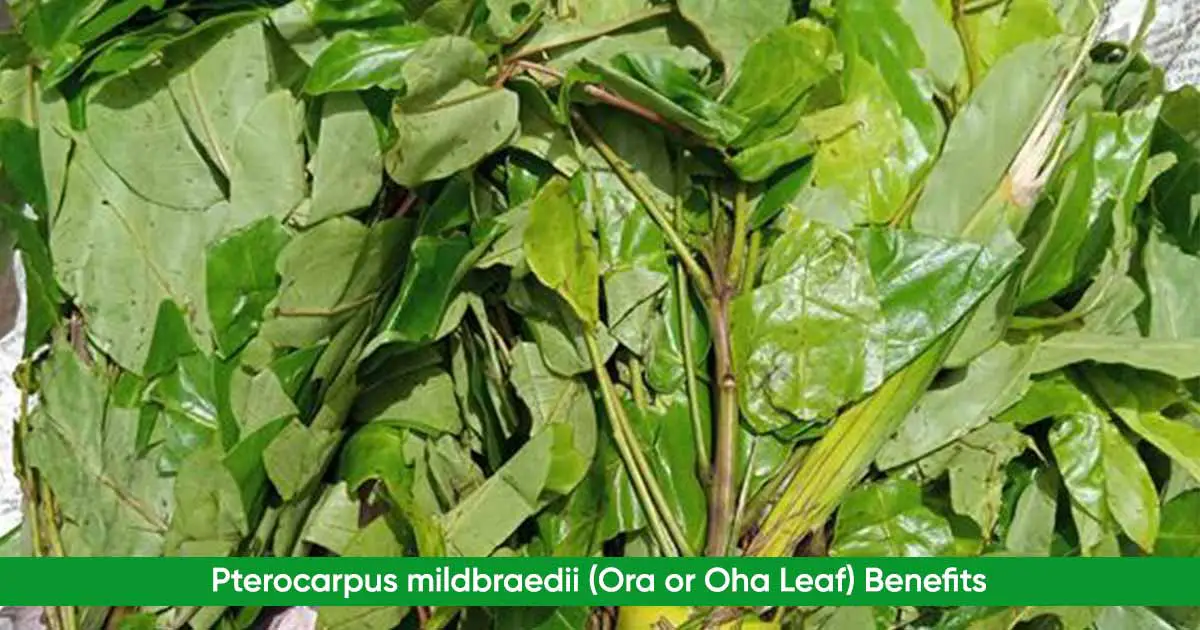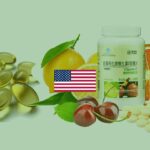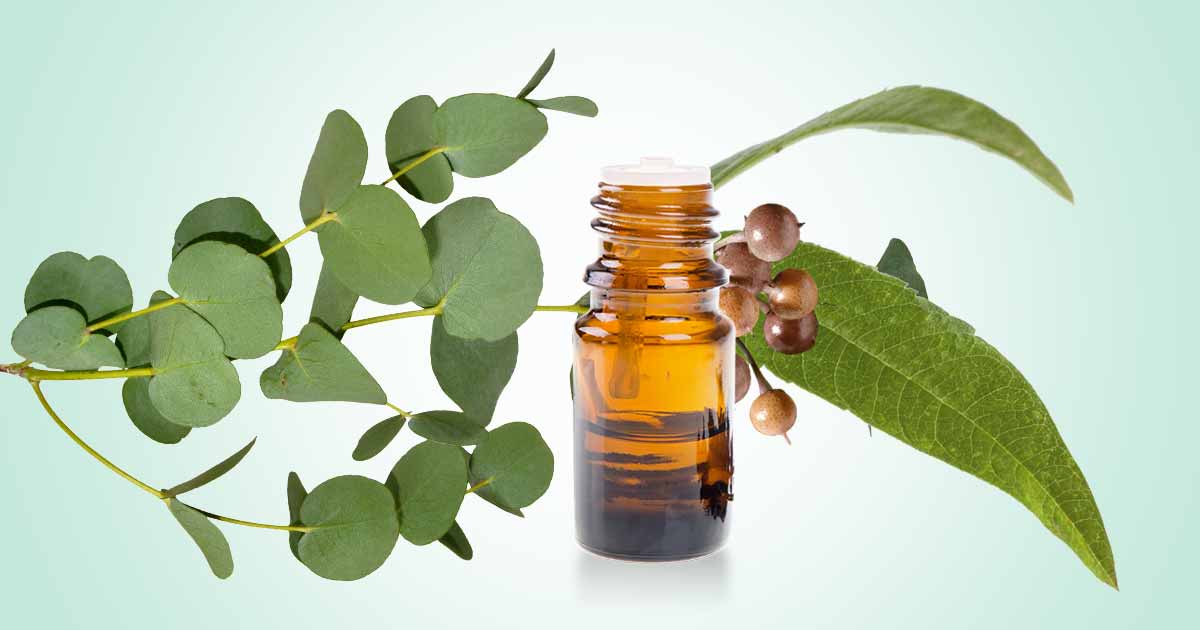Pterocarpus mildbraedii popularly called ora or oha leaf, is a leafy green vegetable from the Papilionaceae family (Leguminosae – Papilionoideae, Fabaceae). The vegetable is packed with various minerals and vitamins. It has been utilized in different soups, and cuisines.
The plant is an evergreen or semi deciduous tree with a small, rounded crown. The bark is smooth, gray and exudes red gum. Leaves are usually light green in color, the leaf stalk consists of 5–9 leaflets that are ovate to elliptic, acuminate, glabrous and glossy [Ezekwesili et al. 2016]. The wood is whitish and soft, but has little economic value.
The plant is found in countries such as Nigeria, Cameroon, Ivory Coast, Ghana, Liberia, Benin Republic, and Tanzania.
Other names of Pterocarpus mildbraedii include “Oha” or “ora” or “uha” in Igbo, “Madobiyar rafi” in Hausa, “Urube” in Edo, “Geneghar” in Ijaw and “Kakupupu” in Urhobo. In Eastern part of Nigeria, the most utilized Pterocarpus species include Soyauxii Taub (Oha) and Santalinoides L`Herit (Uturukpa).
Oha or ora leaf are popularly used to cook different soups and dishes. It is best used fresh after cutting. However, the leaves can be preserved by washing and removing the moisture. It is now stored in plastic bag and frozen.
The Animal and Plant Health Inspection Service (APHIS) of the U.S. Department of Agriculture has since authorized the importation of fresh oha leaves (Pterocarpus mildbraedii) from Nigeria into the US.
In some settings in Africa, the leaves of Pterocarpus mildbraedii are used locally to treat pains, fever, headache, respiratory disorders and convulsions. The stem bark is used to treat malaria, and dysentery.
Constituents
Pterocarpus mildbraedii leaves contain polyphenols, flavonoids, essential fatty acids (α-linolenic acid, an omega-3-fatty acid). There are tannins, saponins. It also contains phytin, or myo-inositol hexakisphosphate (InsP6), which is a stored form of phosphorus in the seeds of cereals and legumes.
Other compounds in ora leaf include lupeol or fagasterol, oleic acid, 1,2,3,4 Butanetetrol or Erythritol, palmitic acid, N, N Dimethyl-2-propyn-1-amine, 1,2-Benzenediol, 4-Hydroxypiperidine, and n-Hexadecanoic acid.
The bark extract of Pterocarpus mildbraedii contains compounds such as triacetin, isoelemicin, fatty acids such as dodecanoic acid, tetradecanoic acid, oleic acid, linolenic acid, cis-valenic acid, palmitic acid, and squalene (triterpenoid), stigmasterol (phytosterol).
Nutritional Content
A 100 g of Pterocarpus mildbraedii leaves contains 85 g of water, crude ash, 8.2 g of carbohydrates, 3.8 g of proteins, 1.13 g of crude fiber, and 237 kJ (57 kcal) of energy (Akpanyung, E.O., Udoh, A.P. & Akpan, E.J., 1995).
Oha leaf also contains high content of calcium, potassium, magnesium, and iron. Other minerals include manganese, zinc, sodium, and copper. Vitamin C, E are also obtained.
Health Benefits of Pterocarpus mildbraedii
Oha leaf has antioxidant, anti-inflammatory, thrombolytic, antimicrobial, Hypolipidemic effect.
Antioxidant effect:
The leaves of Pterocarpus mildbraedii contains antioxidant compounds like flavonoids, polyphenols. These compounds scavenge free radicals in the body and mitigate against cardiovascular diseases, cancers and neurodegenerative conditions.
Anti-inflammatory effect:
Pterocarpus mildbraedii contains bioactive compounds, especially α-linolenic acid, an omega-3-fatty acid with known anti-inflammatory activity. The plant has good activity against pesticide-induced oxidative stress and inflammation.
In Wistar rats induced with hepatotoxicity using propanil (PRP), a post-emergent herbicide, the oha leaf extract reduced myeloperoxidase (MPO) and nitric oxide (NO) levels, and the protein expression of nuclear factor-κB (NF-κB p65), inducible nitric oxide synthase (iNOS), and cyclo-oxygenase-2 (COX-2) (Chiagoziem Anariochi Otuechere et al. 2020).
Prevents liver damage:
In rats induced with hepatotoxicity using carbon tetrachloride (CCl4), partially purified fractions from Pterocarpus mildbraedii extract reduced the activities of liver enzymes such as activities of aspartate transferase (AST), alanine transferase (ALT), alkaline phosphatase (ALP) and total and direct bilirubin in a dose dependent manner. Also, the level of malondialdehyde (MDA), and increased the antioxidant enzymes such as glutathione (GSH) concentration (Rabiat Unekwu Hamzah et al. 2018)
Antimicrobial activity:
P. mildbraedii contains saponins and tannins, compounds that have antimicrobial activities. It inhibits bacteria such as the gram-negative E. coli, and bacteria such as S. typhi, and Streptococcus.
Hypotensive effect:
P. mildbraedii contains low sodium and high potassium level. It can help to control blood pressure by the mechanistic sodium ion and potassium ion regulation.
Side Effects
Oha leaf contains antinutrients such as hydrogen cyanide and oxalate levels, but not at toxic level to cause any health issues.
How to Prepare Oha Soup
Oha soup is a popular dish in Nigeria, especially among the people of the Eastern part of the country. To prepare oha soup, you need oha leaves, coco yam, uziza leaf, crayfish, pepper, palm oil or banga juice, meat, dried fish, stock fish, ogiri spice, seasoning.
- Cook the coco yam and the meat you will use separately in different pots.
- When the coco yam is cooked and becomes soft, bring it down from the heat. Remove the peel and pound/blend it.
- Wash the leaves of oha and uziza and slice.
- Add the palm oil or banga juice to the meat being steamed. Add other ingredients like ogirisi leaf and crayfish to spice it.
- Add the coco yam as a thickener to the soup (alternatively, use achi seeds)
- When the soup has achieved the desired consistency and thickness.
- Add the oha leaf and uziza leaf and cook for few minutes.
References
- https://pubmed.ncbi.nlm.nih.gov/33047371/
- https://doi.org/10.1016/j.imr.2018.01.004
- https://www.federalregister.gov/documents/2023/02/15/2023-03136/notice-of-decision-to-authorize-the-importation-of-fresh-oha-leaves-pterocarpus-mildbraedii-from
- https://www.researchgate.net/publication/356749864_Comparative_Phytochemical_and_Antimicrobial_Analyses_of_Leaves_of_Pterocarpus_mildbraedii_Harms_and_Xylopia_aethiopica_Dual_A_Rich
- https://uses.plantnet-project.org/en/Pterocarpus_mildbraedii_(PROTA)












